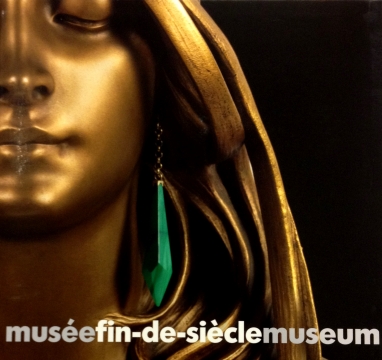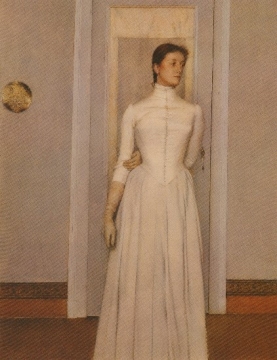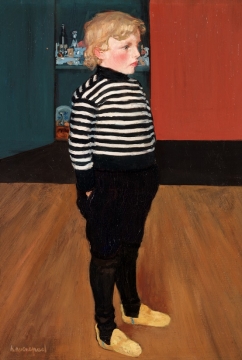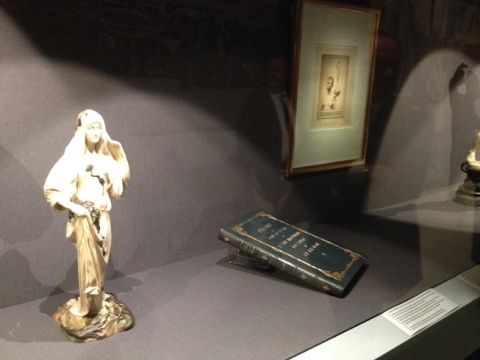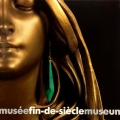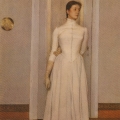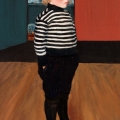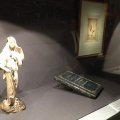The Fin-de-Siècle Museum has set as its objective to highlight artistic creation at the end of the 19th century as well as associated movements. The period chosen extends from 1865, the year in which the Société Libre des Beaux-Arts was founded, up to 1914.
Slightly more than 400 Belgian and European works of art are exhibited over a space of 6000 m². James Ensor, Henri Evenepoel, Fernand Khnopff, Victor Horta and Henry van de Velde are the ambassadors of this fertile period.
At the crossroads of creativity at the turn of the century, Brussels reflected the artistic ferment of the period. The Salon des XX (1883-1894) and La Libre esthétique (1894-1914) brought together artists from various disciplines and their meetings encouraged discussions that led to new ideas. The museum sets out to demonstrate this multidisciplinary aspect of the period. Works emanating from lesser known disciplines such as bookbinding will thus also have a special place in the new museum.
Proceeding through the museum, the visitor will have the opportunity to see several works from the King Baudouin Foundation’s collection illustrating the various themes.
The space devoted to « Symbolisme et l’art total » for instance, a trend that developed at the end of the 19th century, presents Fernand Khnopff’s « Portrait de Marguerite ». Khnopff kept this mythical work in his blue bedroom, the real heart of his studio home to which only a privileged few were given access.
As the veritable synthesis of modernist movements at the end of the 19th century, the work of Henri Evenepoel provides a perfect echo of this fascinating period. Evenepoel’s oil on canvas portrait « Charles au jersey rayé » acquired with help from the King Baudouin Foundation by the children of Anne and André Leysin, is also exhibited during the opening period of the museum. The painting will be on show until early January, alongside its matching work « Henriette au grand chapeau », painted by the same artist.
Finally, thanks to collaboration with the Michel Wittock Fund, a key partner in this project, the art of the book also puts in an appearance. The Bibliotheca Wittockiana has made some of its bookbindings, mostly Art nouveau, available to the new museum, including those created by Henry van de Velde. Given their very fragile nature, a system of rotating the bookbindings exhibited has been put in place. To complete this ensemble, the gilding irons used in creating Henry van de Velde’s bookbindings are also exhibited.
